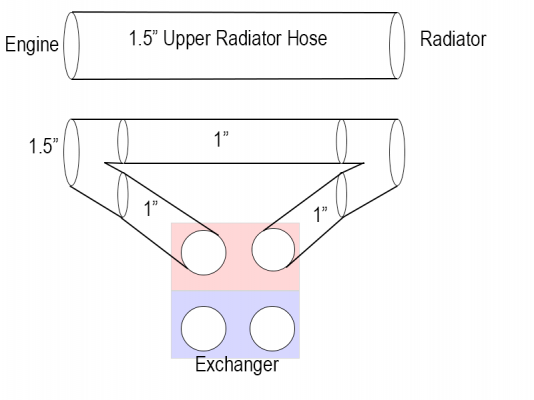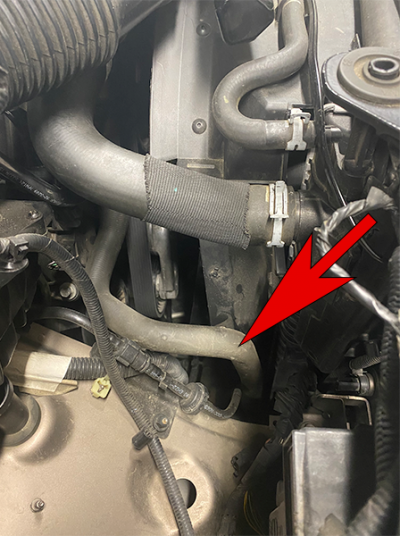avslash
Full Access Member
Good idea for most, especially if you don't have a very efficient heat exchanger. In my case, I have fuel storage under there, with a skid plate over it. And this heat exchanger seems to be VERY efficient.
Not to hijack your interesting thread, but what tank and skid plate do you have?
I have an LRA tank and have had getting a skid plate fabbed up for it on my list but haven't accomplished it yet. Curious if you had something custom fabbed or found an off the shelf solution.
Feel free to PM me to avoid cluttering this thread.
Thanks.



